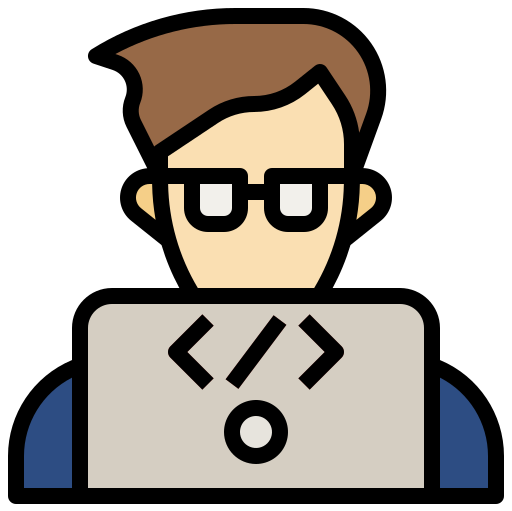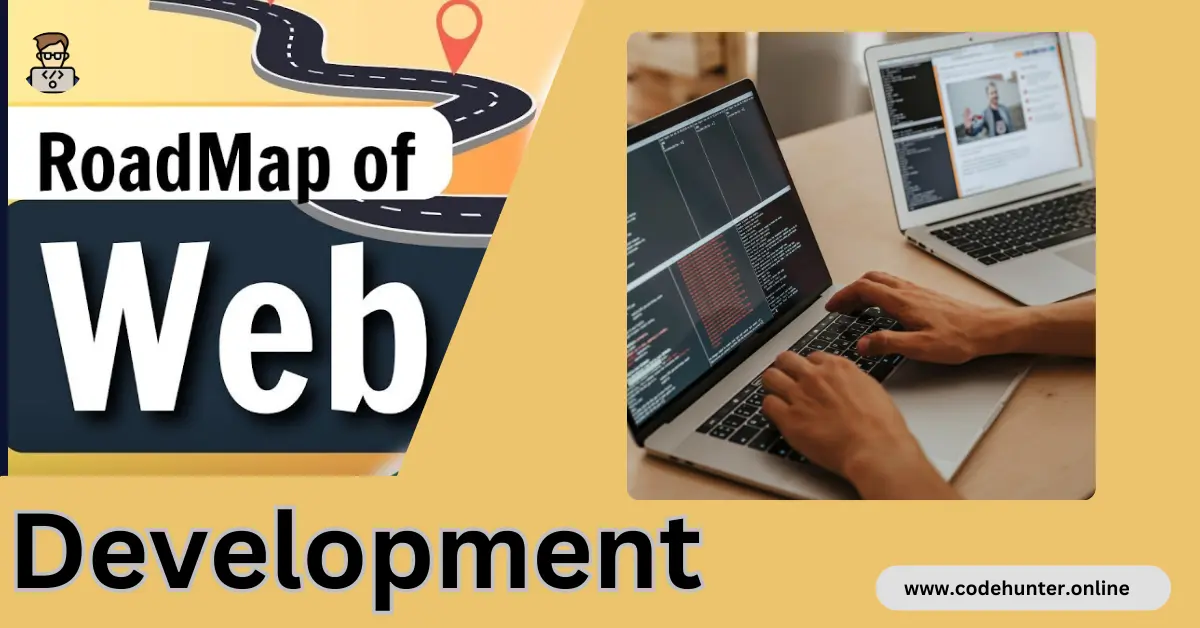In the ever-evolving landscape of technology, becoming a web developer has emerged as a rewarding and dynamic career choice. The demand for skilled web developers is at an all-time high with the digital world expanding rapidly.
This article serves as a comprehensive roadmap for aspiring developers in 2024, detailing the essential steps and resources needed to embark on a successful web development journey.
What is Web Development?
Web development is the process of building and maintaining websites or web applications. It encompasses a wide range of skills and technologies, including Frontend and Backend development, databases, and various tools and frameworks. As technology advances, web developers play a crucial role in shaping the online experiences we encounter daily.
What is Frontend?
Frontend refers to the part of a software or web application that users interact with directly. It encompasses all the elements that users see, touch, and experience on a website or application, including the user interface, design, and overall user experience.
What is the Backend?
Backend refers to the server side of a software application, which is responsible for managing data, processing requests, and performing various operations that enable the front end to function smoothly. While the front end focuses on what users see and interact with, the back-end handles the behind-the-scenes operations that make the front-end features possible.
Step 1: Learn Frontend (HTML, CSS, and JavaScript)
The first step in your web development journey is mastering the core technologies of the front-end. HTML (Hypertext Markup Language) structures the content, CSS (Cascading Style Sheets) styles the layout and appearance, and JavaScript adds interactivity and functionality.
Online platforms like Codecademy, freeCodeCamp, and MDN Web Docs offer excellent resources for learning and practicing these essential front-end technologies.
HTML Complete Course
If you want to learn more Complete HTML in one video so this tutorial is best for you. This video is provided by the Apna College YouTube Channel please subscribe for more tutorials like this.
CSS Complete Course
If you want to learn more Complete CSS in one video so this tutorial is best for you. This video is provided by the Apna College YouTube Channel please subscribe for more tutorials like this.
Step 2: Create Projects (Clone, Portfolio, CSS Frameworks)
After gaining proficiency in HTML, CSS, and JavaScript, it’s crucial to apply your knowledge by creating projects. Start by cloning existing websites or applications to understand real-world scenarios.
Building a personal portfolio website is an excellent way to showcase your skills. Additionally, explore popular CSS frameworks like Bootstrap or Tailwind CSS to streamline your front-end development process.
Step 3: Learn Backend (Node.js)
Backend development involves server-side programming, database management, and server deployment. In Step 3, focus on learning Node.js, a JavaScript runtime that allows developers to write server-side code.
Node.js is known for its efficiency and scalability, making it a popular choice in the backend development ecosystem. Utilize online platforms such as Node.js documentation, tutorials, and coding exercises to strengthen your backend skills.
Step 4: Learn Database (MongoDB)
Databases are crucial for storing and managing data in web applications. MongoDB, a NoSQL database, is widely used in conjunction with Node.js. Learn the basics of database design, queries, and integration with Node.js.
MongoDB University and other online resources offer comprehensive courses to help you become proficient in database management.
Step 5: Learn Essentials (Terminal Commands, Git/GitHub, Deployment)
Understanding essential tools and processes is vital for a seamless development workflow. Familiarize yourself with terminal commands for efficient navigation and file manipulation.
Learn version control with Git and utilize platforms like GitHub for collaborative development. Additionally, explore deployment processes to make your projects accessible on the web.
Step 6: Create Full Stack Projects
Combine your frontend and backend skills to create full-stack projects. Develop web applications that interact with databases, handle user authentication, and showcase your ability to build end-to-end solutions. Engage in real-world problem-solving and apply best practices in coding and project organization.
Step 7: Learn (MERN Stack)
To enhance your full-stack development skills, delve into the MERN (MongoDB, Express.js, React, Node.js) stack. MERN is a powerful and widely adopted technology stack for building modern web applications.
Explore each stack component, understand their interactions, and create MERN stack projects to solidify your proficiency.
Conclusion
Becoming a web developer in 2024 requires a combination of frontend and backend skills and expertise in popular technology stacks like MERN. By following this comprehensive roadmap and utilizing the recommended resources, you’ll be well-equipped to tackle the challenges of web development and embark on a fulfilling and successful career in this ever-evolving field.

